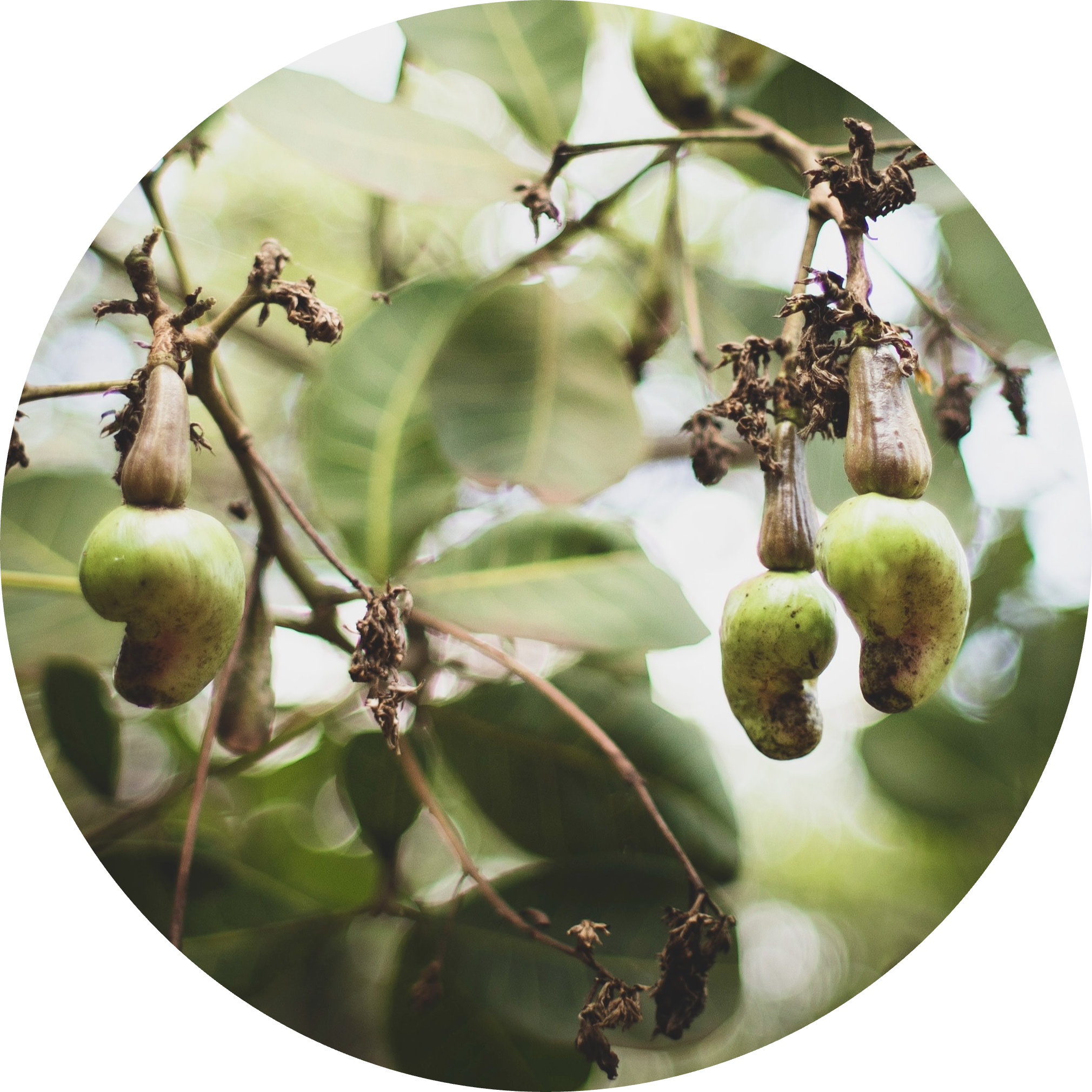Get a fair reward for your agroforestry practices
Join us in creating a more sustainable agriculture supply chain by turning your agroforestry practices into tradable carbon certificates.

The impact of land use
Agriculture practices have significant contributions to the global greenhouse gas (GHG) emissions. These have several adverse environmental effects; deforestation, water pollution from runoff, soil erosion, degradation and more. To keep 1.5°C within reach and enable the transformation to a global net-zero future, implementing sustainable regenerative agricultural practices and improved land use is paramount.
Some examples of regenerative agriculture are:
- Agroforestry combines trees with traditional agriculture to create a diverse, integrated system that benefits both the environment and crop yields.
- No-till farming involves leaving the soil undisturbed, reducing erosion and benefiting soil health.
- Intercropping involves growing two or more different types of crops in close proximity to each other, enhancing nutrient uptake and pest control.
- Use of improved or biofertilizer focuses on sourcing of the fertilizer, type and amount of nutrients applied to crops, reducing waste and overall environmental impact.
Proba's innovative approach
Proba’s supply chain decarbonization platform provides a way for you to turn climate actions into carbon certificates; assets which can be traded with your supply chain partners. Our platform helps you to better identify and engage with the most interested parties in your supply chain.
This not only helps to reduce Scope 3 emissions of your supply chain partners, but also creates new revenue streams for your business.
The benefits of using Proba
By using Proba, you can reduce your Scope 3 carbon footprint, increase your sustainability profile, and unlock the potential value in supporting agroforestry practices. Plus, you'll be contributing to the global goal of reducing greenhouse gas emissions.
This is how Proba works in four simple steps:
- Describe how your regenerative agriculture initiative. removes or reduces GHG emissions and register your project on our platform.
- Ensure transparency and credibility through our third-party verification process.
- Convert your GHG Your reductions into Carbon Credits. Once verified, each tonne of CO₂ reduced or removed is converted into a tangible asset.
- Transfer your carbon certificate to your supply chain partner, who can claim the climate benefit and account for a reduction in its Scope 3 footprint, ensuring that your efforts are uniquely recognized and valued.

